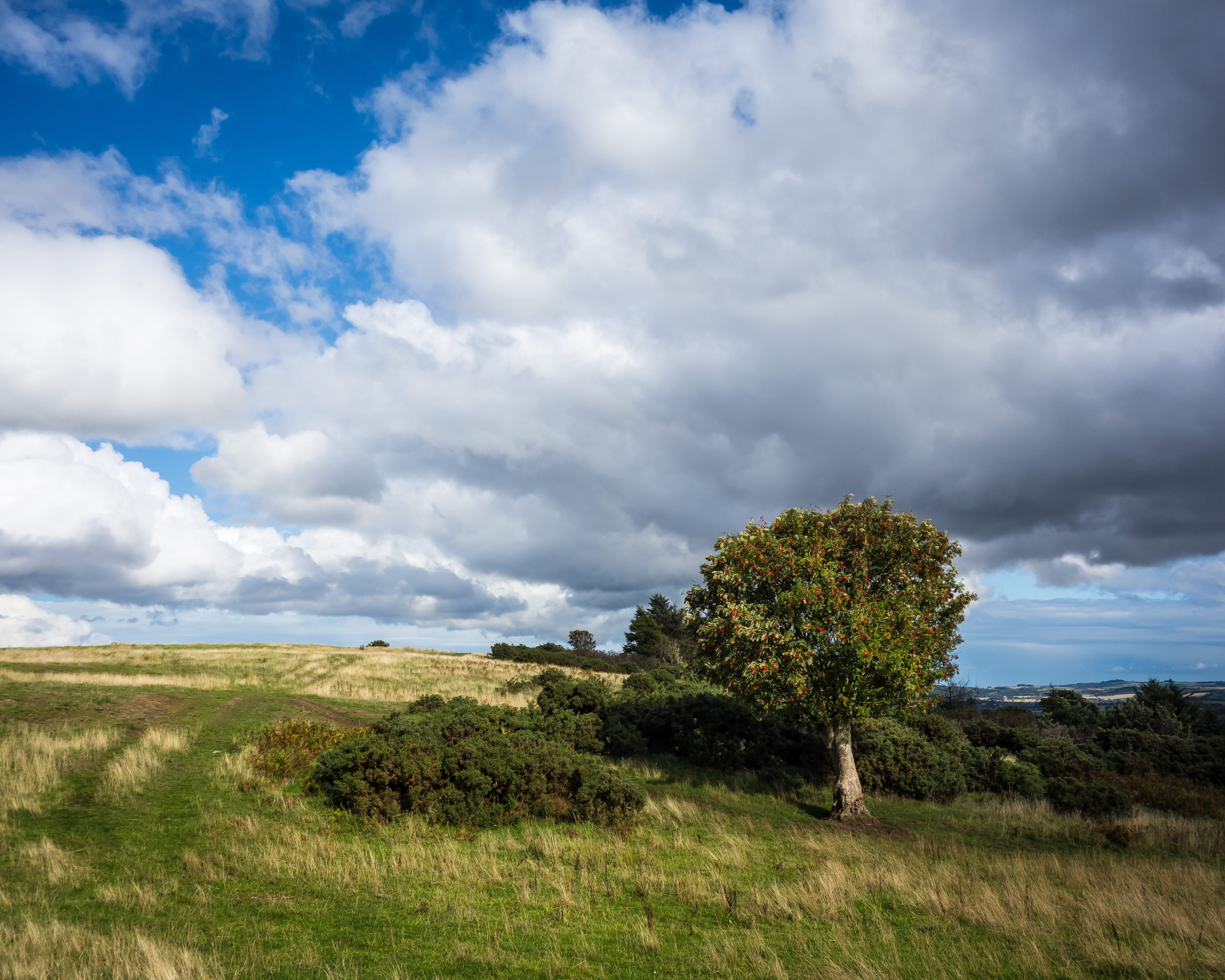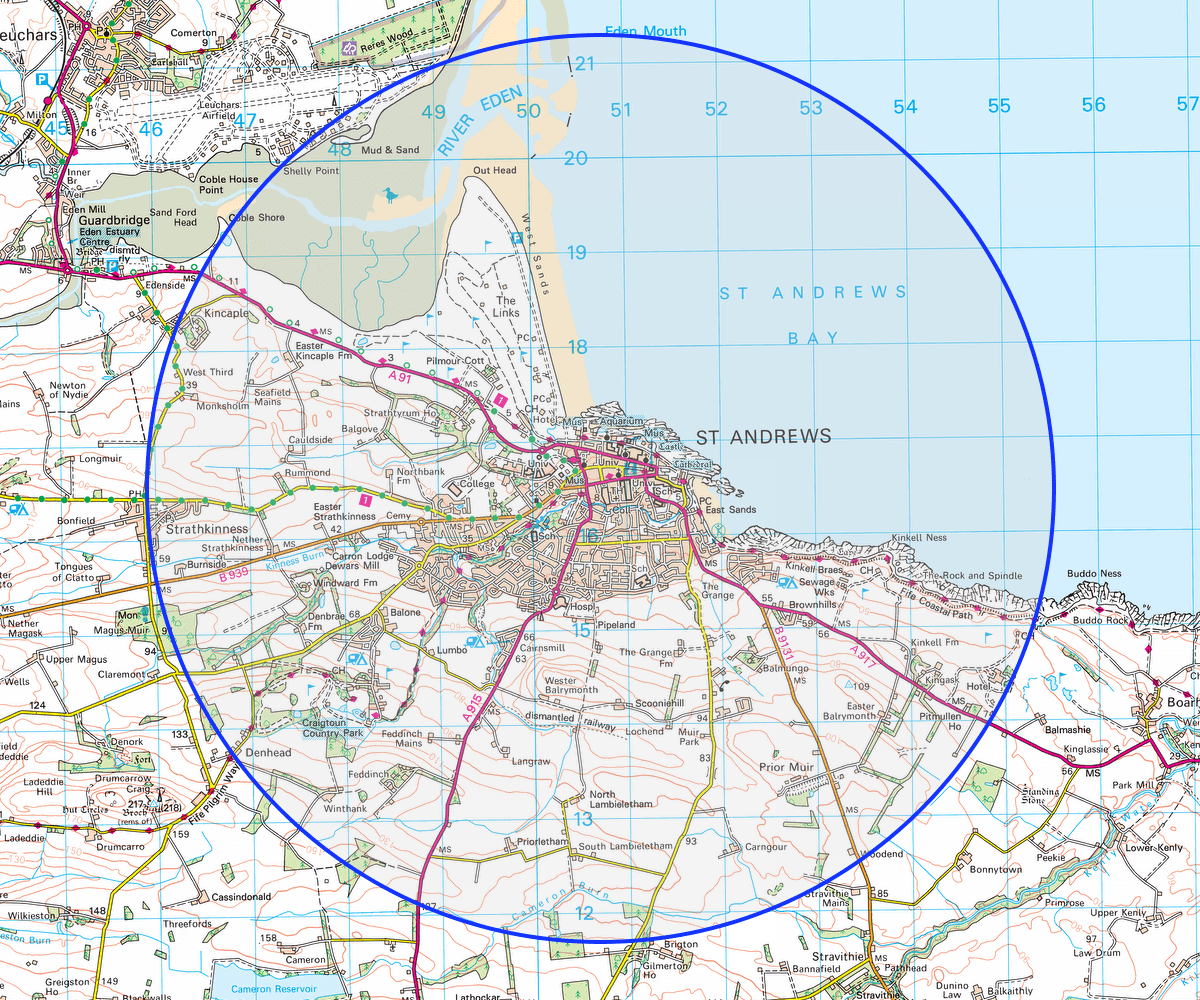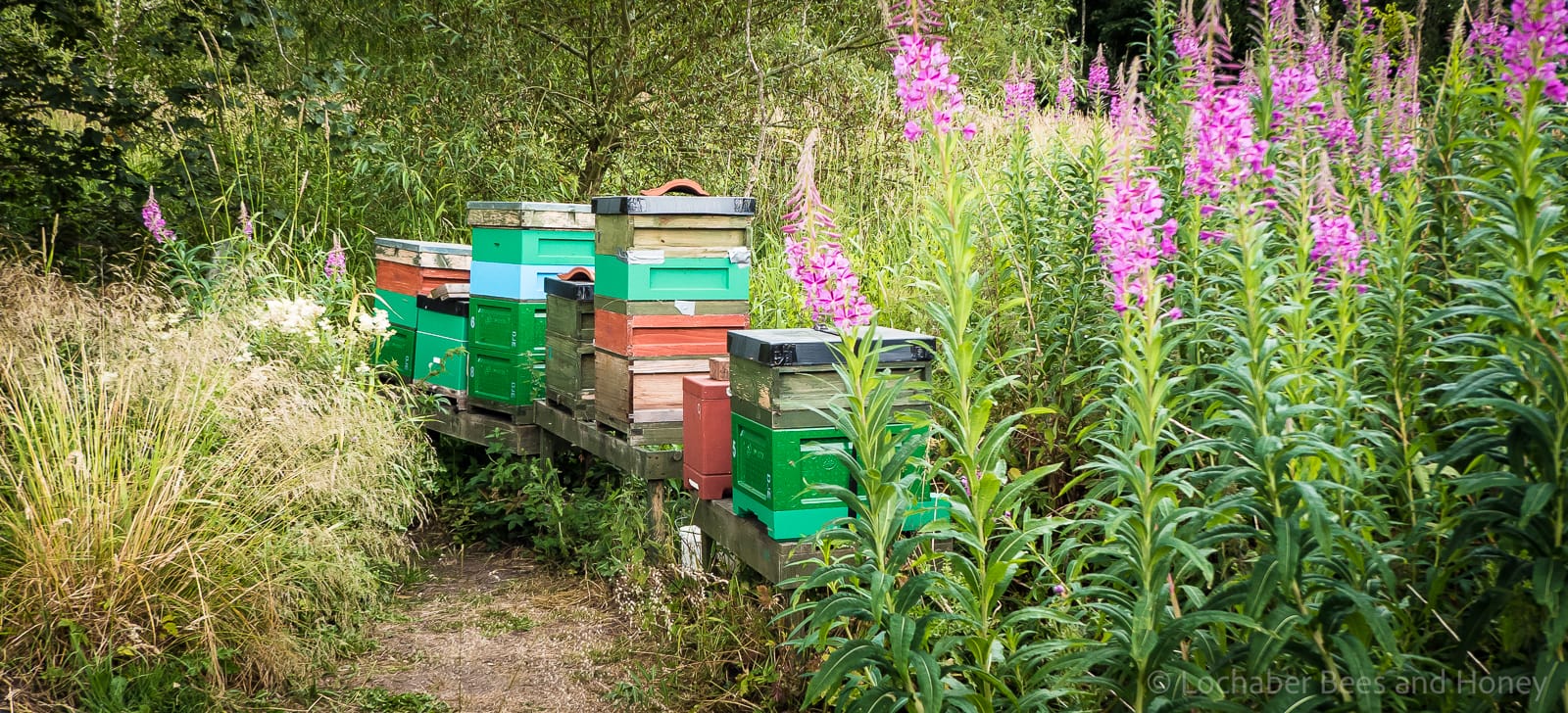Batch: GPCFL
Type: Summer St Andrews honey
Sold by: Fortnum and Mason’s
Batch size: 36 jars
Weight: 340 g
Extracted: August 2022
Bucket: GF
Jarred: 06-04-23
Best by: 06-04-25
Thank you for buying this St Andrews honey.

My St Andrews bees forage over the rich agricultural land of east Fife, the windswept furze of the golf courses and the flower-filled gardens of St Andrews. Although they can forage up to three miles from the hive, they usually stay closer to home.

This area is an excellent environment for bees. The summer nectar sources include the blackberry and rosebay willow herb-filled hedgerows and field margins, and swathes of clover in the meadows, perhaps together with crops like field beans. The flowers and shrubs of the town provide an ever-changing range of pollens and nectar and numerous small, scattered woodlands have ample nectar yielding trees, including hawthorn, sycamore and lime.
The timing and relative proportions of each nectar vary from colony to colony and from year to year, making each batch of honey unique, a delicious snapshot of a particular time and place to be enjoyed with porridge, toast, cheese or ice cream.
Crystallisation
All high quality honey produced by local beekeepers will contain lots of pollen. Over time the glucose and sucrose in the honey nucleates around this pollen to form small crystals. This is why good quality honey crystallises, in contrast to the ultrafiltered and pasteurised imported honey sold by many supermarkets. The crystallisation will not affect the excellent flavour of the honey. The best way to stop crystallisation occurring is to eat and enjoy the honey before it does. However, once it starts, crystallisation can be reversed by gently warming the jar until the crystals disappear.
